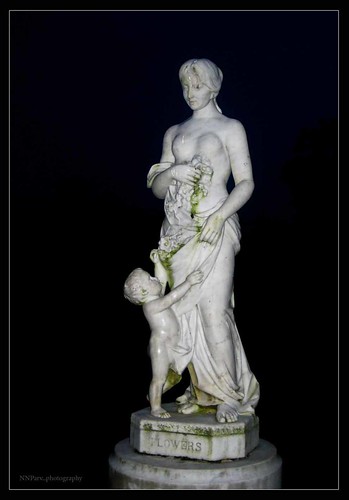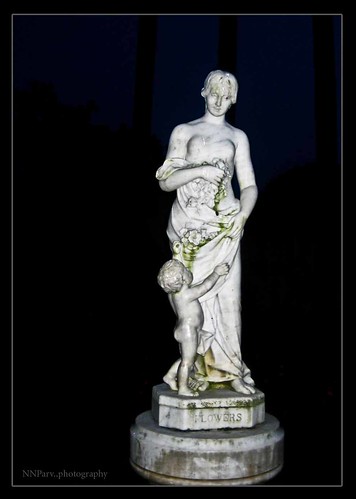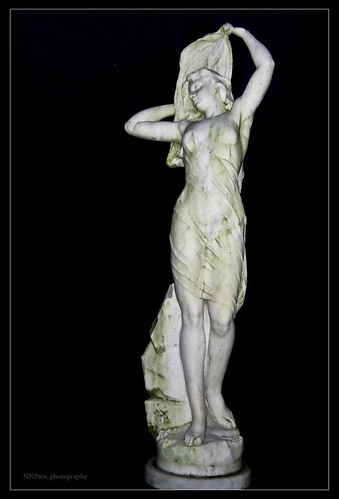Dighapatia Rajbari was made 'Dighapatia Governor House' on 24th July, 1967 by Mr. Abdul Monem Khan. Later, after our country's independence, Bangabandhu Sheikh Mujibur Rahman declared the Dighapatia Governor House as Uttara Gonobhaban on 9th February, 1972.
The bathrooms are entirely made of marble stone. A big stone-made bathtub is kept in the verandah for visitors to take a look. The curator informed us that Raja DayaRam was the first king and his last descendant was Raja Pratibhanath Roy. The Rajbari also has a dance room where dancers danced to the tune of instruments to entertain the kings and their guests. Needless to say, the room is very spacious and accommodated with couches so that the Rajas could comfortably rest and enjoy the performance.
One eye-catching thing was the upside down fan, the inverse form of today's table fan, and the blades of which point downward. This machine was powered by kerosene oil. There are also card rooms, a dining room with two green colour candle stands hanging from the ceiling and most significantly the room of "The Royal Court". Here the kings discussed different matters with the members of the court. The famous chair of the king symbolizes a person who is not ordinary but destined to be someone who is much more than ordinary.
The dynasty of kings and queens exists no more but what they have left behind still amazes us creating everlasting impressions on our hearts.




2 comments:
very nice explanation.liked it
I like it. It's really nice.. Specially the photographs.
Post a Comment